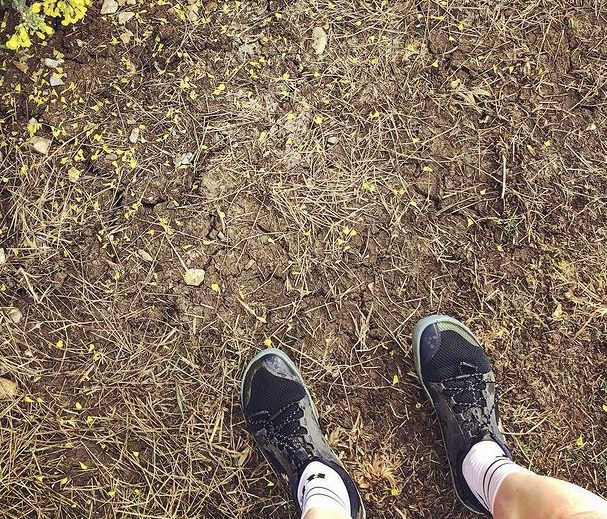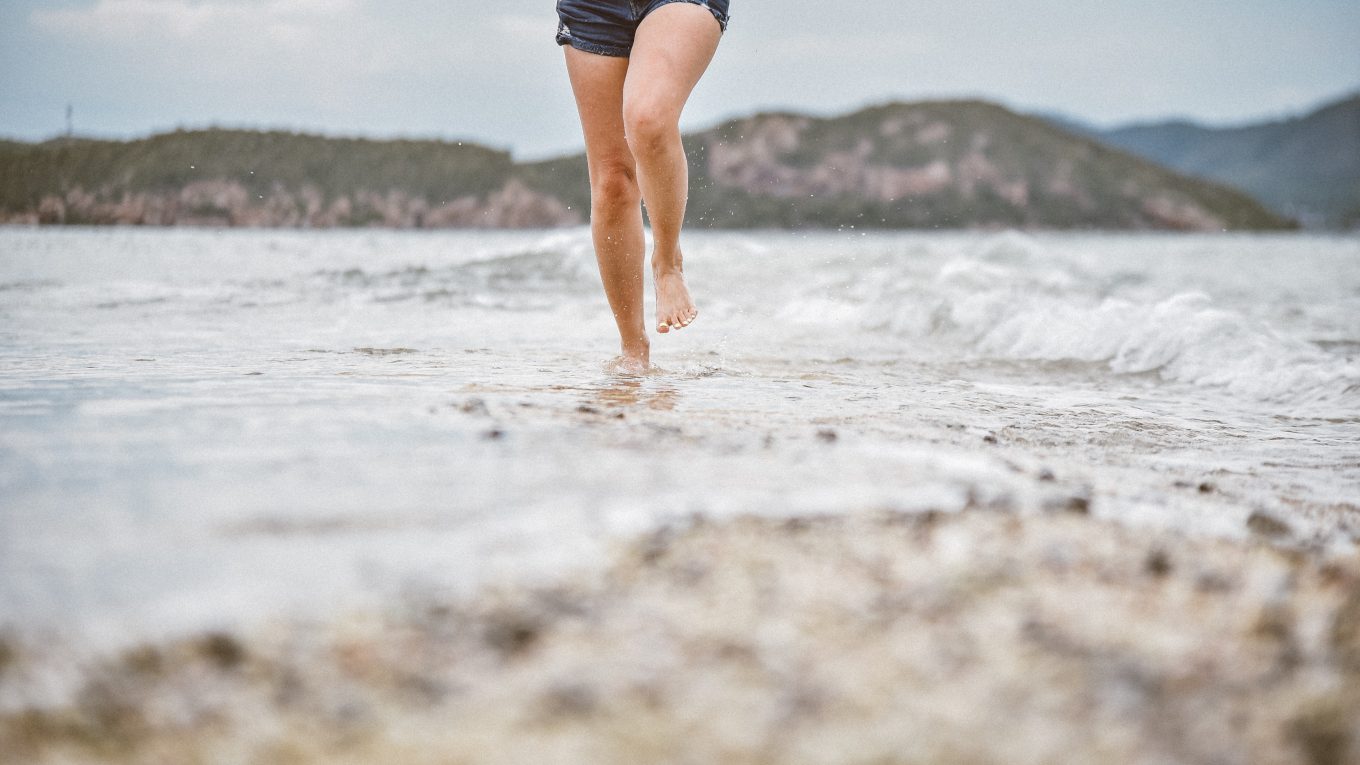Could barefoot running help your technique?
Are the types of running shoes you wear the key to success? We’ve had barefoot running and carbon plates but where does the truth lie? Ruth Martin investigates ….

In the 1970’s, running (or jogging as it was more commonly called!) gained popularity for recreation and the sports shoe industry reacted by developing technologies and features in modern running shoes based on the idea that they needed to prevent injury.
In fact, running injuries did not go away and boomed right along with the boom in running.
When Christopher McDougall’s Born to Run book was published in 2009, interest and intrigue in the barefoot running movement reached a new peak. Readers, inspired by tales of the Tarahumara tribe in Mexico who could run for hours wearing only the thinnest scraps of leather on their feet and who never got injured, quickly dispensed with the plush pillow trainers they’d being wearing.
Something akin to a revolution ensued with sales of minimalist shoes increasing by 300% in 2012 compared with just a 19% increase that year in ‘normal’ running shoes.

Tapping in to this new found fervour for minimalism, running shoe brands quickly reacted by producing zero drop shoes, which means no cushioning (think Nike Free, New Balance Minimus, Vibram Fivefingers to name a few), and espoused the benefits of proprioception and ‘running free’.
Inevitably, people got injured. Running barefoot after being used to hitting the tarmac in cushioned shoes without addressing any change to technique or gait resulted in problems and many people quickly became disillusioned with the whole barefoot running movement. By the first quarter of 2013, sales of minimalist shoes had fallen by more than 10%.
But does that mean barefoot running was all a lot of hot air?
Kicking off your shoes
Numerous scientific studies have been looking into the benefits of wearing less on your feet.
According to a study by The National Running Centre at Harvard University, foot muscles are strengthened in healthy running adults when they wore minimalist shoes. It has been backed up by a recent 2019 study from the Movement Laboratory at the University of Liverpool, which showed that wearing minimalist footwear helped improve stability, balance and physical function for healthy middle-aged and older people.
But, for as many studies that show positive benefits, are those that illustrate injury or no difference at all. The answer lies more in the technique and person who is wearing the shoes that the shoes themselves.
Learn to run smooth
‘You can run poorly in minimalist shoes and cushioned shoes,’ explains founder of GRTW Rachael Woolston. ‘It is not the shoe that makes you a good runner, it is your technique, consistency of training and strength.’
Developing and maintaining good running form, which most importantly means having a foot strike that lands under your centre of gravity, will help you to avoid injury more than the type of shoe that you wear.
For coaching, training plans, and online strength and mobility programme, sign up for a Girls Run the World membership with a FREE 14-day trial.
